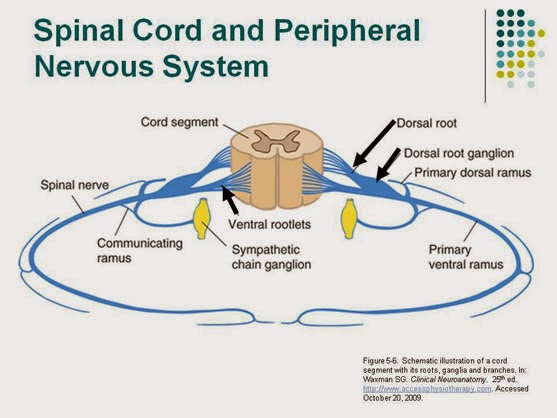Strawberry
Senior Member
- Messages
- 2,196
- Location
- Seattle, WA USA
Ditto what leela said... My blood has finally been donated to research, but if anything were to happen, I would want the rest donated to research also.
I know I am not alone in wanting my body to be donated to ME/CFS research, with a full autopsy so that fellow patients and my children might have better answers for their own futures.
Does anyone have suggestions on the logistics of this? Is there any organization or research institute interested in our sorry bodies and brains? Do we need to do some leg work to find an entity who will work with those of us who wish to donate our bodies? (I am in the US)
The body needs to be collected quickly and it may be too late by the time someone finds a written will. There may also be problems if one commits suicide depending on the method used (toxicology and contamination etc).
She strongly recommended that we donate to the NIH Brain Bank, specifying ME. She is going to email me more information. I'll pass that on as soon as I get it.
I looked at the NIH Brain donation site. They need the brain within 24 hours.
I emailed the Solve ME/CFS Initiative to ask about body donations and also requested a paper consent form for their tissue biobank. I didn't even know this existed! Thank you, @SpecialK82 I'm going to fill one out for me and my (healthy) husband and mother. http://solvecfs.org/solvecfs-biobank/eligibility/
My blood has finally been donated to research, but if anything were to happen, I would want the rest donated to research also.
@Strawberry if you don't mind saying, where did you donate your blood and was it marked as research for ME/CFS?

MEDICAL ALERT
I have Mast Cell Activaton Syndrome
I am allergic to anesthetics
I take Ketitofen, Zyrtec (H1 blocker) and Zantac (H2 blocker)
I also have reactions to medications, food dyes, and fillers
I have orthostatic intolerance and may need saline
If deceased, please donate any tissues to MCAS and ME/CFS research. Please donate to the NIH Brain Bank, specifying ME

Solve ME has now set up their own Biobank for donor samples, as part of the You + ME Registry:
https://youandmeregistry.com/
At this point, they are only accepting blood samples, but they might accept organ donations in the future.
I don't know of anyone in the USA sorry. We have had a few autopsies in the UK. Dr Shepherd from the MEA , I think has organised these in conjunction with Dr Chaudhuri.
The body needs to be collected quickly and it may be too late by the time someone finds a written will. There may also be problems if one commits suicide depending on the method used (toxicology and contamination etc).
In death we are often treated as badly as in life. "Just" because we die there is no automatic interest in our cause of death in terms of ME. I don't think that we can assume that an adequate autopsy will always be carried out for that reason even if we want one.
Another option might be to contact a researcher who has expressed an interest in post-mortem tissue analysis and set up some personal arrangement with them.
(e.g. Maureen Hanson, PolyBio Research Initiative, Avi Nath at NIH, etc.)
A friend donated her brain to a London hospital for ME research but when her husband asked a year later what had it been used for they told him nothing as they 'had lost it'.
Why am I not surprised.A friend donated her brain to a London hospital for ME research but when her husband asked a year later what had it been used for they told him nothing as they 'had lost it'.
A friend donated her brain to a London hospital for ME research but when her husband asked a year later what had it been used for they told him nothing as they 'had lost it'.